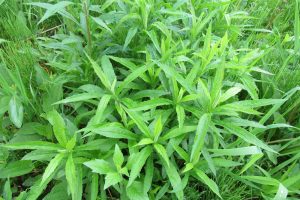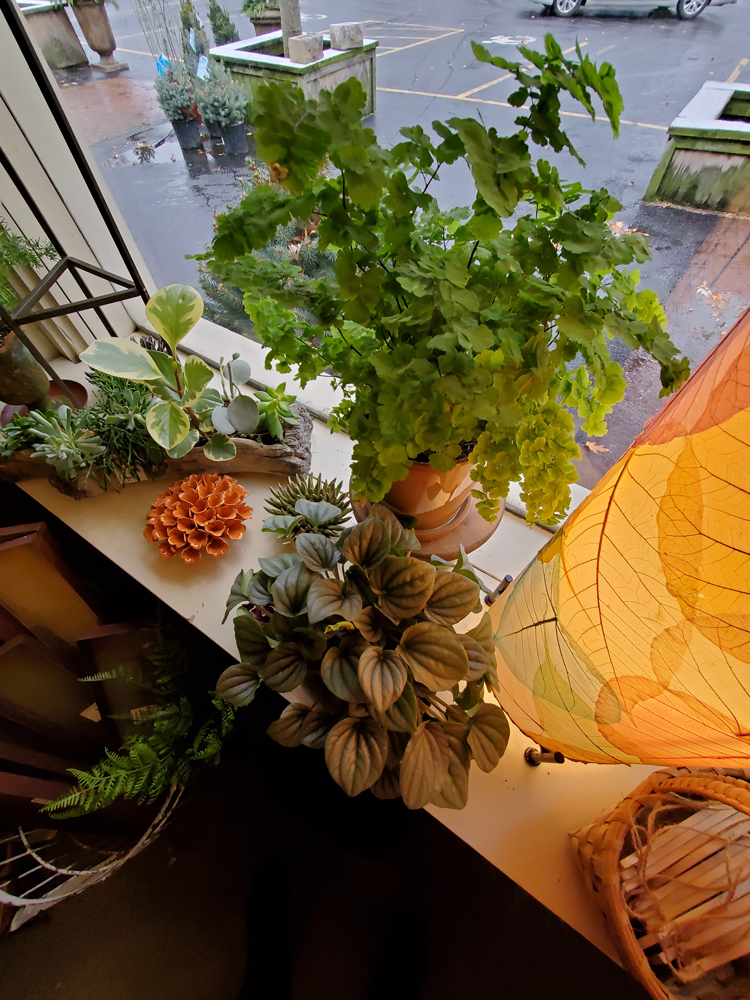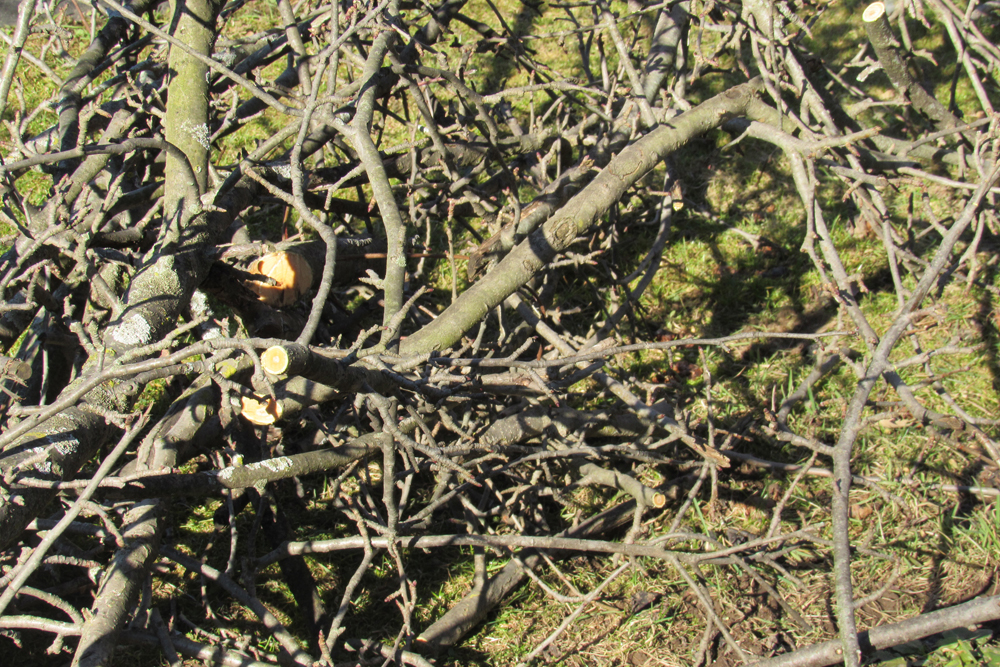May chores in the garden
The busiest part of the gardening season is upon us now that Memorial Day weekend is here. Many garden-related chores are vying for your attention right now, and here are a few items and tips to keep in mind as you plant and plan for this year’s garden.
First of all, remember to be patient with the foliage of your spring-blooming bulbs whose bright flowers have faded but whose foliage remains.
It is important to leave the foliage alone as it dies back naturally. The leaves are feeding the bulbs and helping them store food reserves for next year’s bloom.

If you remove or mow over bulb foliage too early, the bulbs will be weakened for next year. Many people recommend braiding the foliage or bunching it together to help make the garden look more tidy – but the practice is not recommended by experts. By braiding the foliage, you keep sunlight from reaching the entire leaf surface, and again, the bulb will be weakened, jeopardizing your display next year.
Once the foliage has yellowed, it has ceased to make food for the bulb and should be removed to lessen the possibility of spreading diseases.
It’s also a good practice to remove spent flowers of hyacinths, narcissus and tulips. Remember, however, that tulips bloom their best the first year.
Many landscape professionals will treat them as annuals – pulling them after bloom in the spring and planting fresh bulbs again in the fall. So-called perennial varieties may bloom well for several years, these can be dead-headed and the foliage left to die back.
Many people will begin vegetable gardening in earnest this weekend. As you plant your herbs, annual flowers, fruits and vegetables – keep garden friends in mind.
Here are a few plant companions suggested by the Burpee Seeds website:
Grow beans with beets, cabbage family members, carrot, celery, chard, corn, cucumber, eggplant, peas, potatoes, radish or even strawberries.
Catnip, hyssop, rosemary and sage deter cabbage moths – plant near broccoli, Brussels sprouts, cabbage, kale, cauliflower and kohlrabi.
Carrot, eggplant, onion and tomato can be planted with peppers. Potatoes grow well with beans, members of the cabbage family, corn, eggplant and peas.
Companions for tomatoes include asparagus, carrots, celery, cucumber, onion, parsley and pepper – basil is great too. Keep corn and tomatoes separated as they are attacked by the same worm.
Diversity is key, mix flowers and herbs with vegetables instead of planting in long rows or large patches of one plant. Large groupings of one kind of plant attract pests, while a mix of plants makes it more difficult for pests to find their favorites.
Lastly, if you have goldenrod coming up in your yard or garden, please consider letting some of it grow. I pinch some of mine back for a while to extend the bloom time late in the season. Goldenrod is crucial for honeybees, which use the pollen and nectar to survive over the long winter months.
According to Cornell University, late season blooming goldenrod provides valuable forage that helps the honeybees replenish their honeycombs, which become depleted over the summer. Honeybees are among the most efficient of pollinators, by feeding them – especially before winter – you help to feed yourself.






